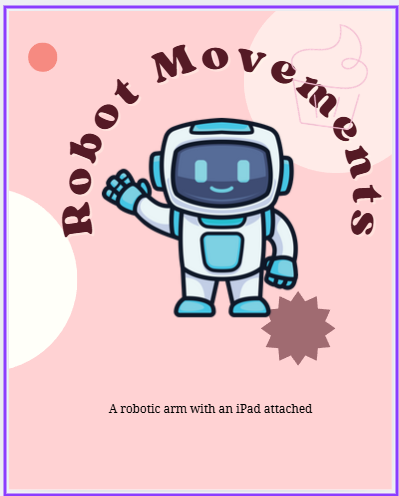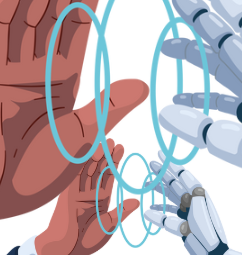A few weeks ago, Apple exposed the latest findings from its consumer robotics research in a paper that emphasizes the significance of expressiveness in enabling human-robot interactions. The report zeroes in on the fact that "like most creatures," humans are very well in tune with movement and other non-verbal communication.
Taking a cue from Pixar, the company that is partly traced back to the late Steve Jobs, Apple defends its point of view. Ever since the 1985 premiere of Pixar's first short film, the Luxo Jr. lamp has been a symbol of the company. Like Pixar, Apple used a lamp as an experimental subject for its research, which is not anthropomorphic, to underscore the claim that an object can emulate common human traits—acting alive even if it is not.

Expressiveness in Robot Movements
Image Credits: Apple
The paper sets forth that:
“In the field of robots engaging in natural communication with people, their movement should not only perform the task on time but also have some expressive qualities to convey their intention, focus, and emotion, as well as the traditional solution time to make the performance more appealing.”
The video clip shown by Apple featured different cartoon characters performing various moves. It is no surprise that the gestures are almost identical to those of Pixar's well-known animation character. The lamp robot has parts that are similar to it, like a lampshade as a head and a movable arm as a neck.
The Lamp Robot’s Interactive Capabilities
One of the most enticing aspects of its commercial potential is that the robot can interact with users. Ultimately, the lamp robot can act as a viable alternative to the HomePod, Amazon Echo, and similar devices. The user asks a question to the lamp, and it responds in Siri's voice.
Image Credits: Apple
A contrast video clip demonstrates the effect of expressiveness on the robot. When asked about the weather, the first robot simply answers. The other one, however, turns its head toward the window, as if observing the outside view. This minor movement reinforces human emotion recognition, strengthening the bond between people and non-living objects by adding humane qualities.
Apple’s Future in Robotic

Screenshot
Image Credits: Apple
Apple’s research becomes visible as the firm is supposedly hastening its consumer robotics programs in the lead-up to a more sophisticated smart home device. These findings may very well be the key to producing a home hub that is more expressive.
While Amazon's Astro robot follows a similar approach, it seems that Apple’s robot will not be humanoid, making it distinct from existing competitors.
Rumors around the upcoming Apple device suggest phrases such as:
“A robotic arm with an iPad attached.”
The lamp concept aligns well with this vision. Nevertheless, Apple's robotics division appears to be in an experimental phase. The final product might be completely different from this concept, its design remains uncertain, and Apple might even decide not to launch the project at all.
